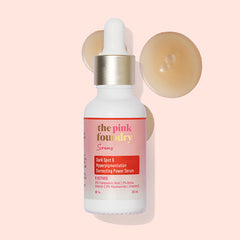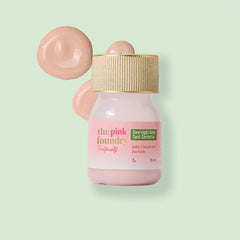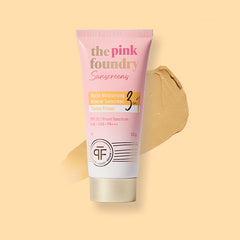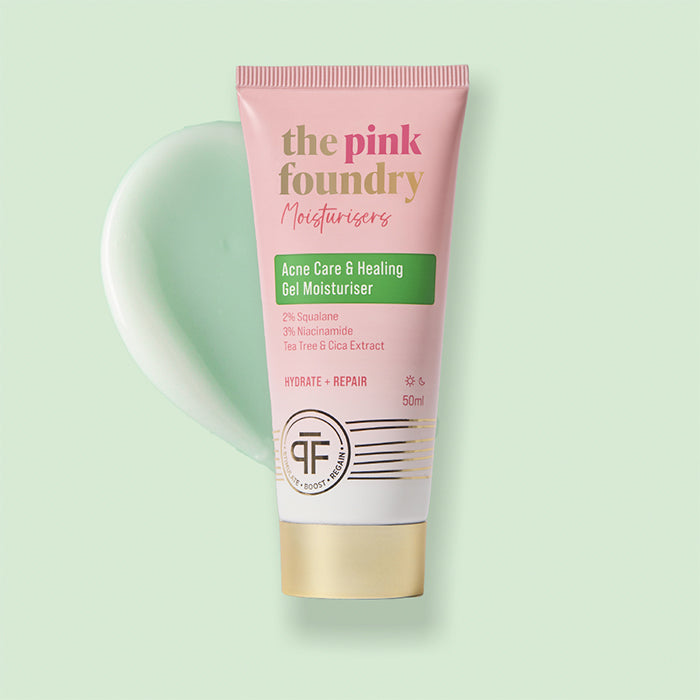Exploring the Root Causes of Cystic Pimples: A Comprehensive Guide
Cystic acne, characterized by large, painful, and inflamed pimples deep within the skin, can be a frustrating and confidence-damaging condition. Unlike regular acne, which typically consists of surface-level blemishes, cystic pimples form when bacteria, dead skin cells, and oil get trapped deep in the pores, causing inflammation and infection. In this comprehensive guide, we will delve into the root causes of cystic pimples, including hormonal factors, genetics, diet, and various treatment options.
What is a Cystic Pimple?
Before we delve into the causes, let's first understand what a cystic pimple is. Cystic acne refers to severe acne lesions that form deep within the skin. These pimples are typically red, swollen, painful, and can sometimes leave scars. They occur when the skin's oil glands produce excessive oil (sebum), which combines with dead skin cells and clogs the pores. This creates an ideal environment for bacteria to thrive, leading to inflammation and the formation of large, pus-filled cysts.
Causes of Cystic Pimples
When it comes to cystic acne, there are numerous underlying factors that can contribute to the condition. Let's look at some of them below:
1. Hormonal Causes
Hormonal fluctuations play a significant role in the development of cystic acne. This is particularly true during puberty, menstrual cycles, and hormonal imbalances. Androgens, a group of hormones that include testosterone, can trigger the overproduction of oil and an increase in skin cell turnover, leading to clogged pores. Hormonal changes can also cause the skin to become more sensitive, exacerbating the inflammatory response and the development of cystic pimples.
2. Genetics and Diet
Genetics can predispose individuals to develop cystic acne. If you have a family history of severe acne, you may be more prone to experiencing cystic pimples. Diet can also influence the development of cystic acne. Consuming a diet high in refined carbohydrates, sugars, and dairy products may increase the risk of developing severe acne. These foods can stimulate insulin production and cause an increase in the production of sebum, exacerbating the formation of cystic pimples.
Also read: Understanding Cystic Pimples: Meaning, Causes, Treatment
Treatments for Cystic Pimples
While there is no cure for cystic acne, there are several treatments available that can help reduce the appearance of cystic pimples and minimize their severity. Common treatments include topical medications, such as benzoyl peroxide and salicylic acid, which can reduce inflammation and prevent the formation of new pimples. Antibiotics may be prescribed to fight bacteria and decrease skin sensitivity. Oral contraceptives may also be used to regulate hormones and reduce oil production. Finally, laser therapy has been found to be effective in reducing the size of cystic pimples and minimizing scarring.
1.Topical Treatments
Topical treatments can help manage and reduce the severity of cystic acne. Over-the-counter creams or gels containing components like salicylic acid, benzoyl peroxide, or sulfur can help reduce inflammation, kill bacteria, and unclog pores. Prescription-strength topical treatments, such as retinoids or antibiotics, may be recommended by a dermatologist for more severe cases.
2. Oral Medications
In cases where topical treatments are not sufficient, oral medications may be prescribed. Antibiotics, such as tetracycline or erythromycin, can help reduce inflammation and control bacterial growth. Hormonal treatments, such as anti-androgen medications or oral contraceptives, may be prescribed for women with hormonally-driven cystic acne.
3. Isotretinoin (Accutane)
Commonly known by the brand name Accutane, Isotretinoin is a powerful oral medication used for severe cystic acne that has not responded to other treatments. It works by lowering sebum production, shrinking oil glands, and inhibiting the growth of acne-causing bacteria. Isotretinoin is associated with potential side effects and requires careful monitoring by a healthcare professional.
4. Laser Therapy
Laser therapy, such as the pulsed dye laser or the carbon dioxide laser, can be used to treat cystic acne. Lasers target and destroy bacteria and reduce inflammation while also improving the appearance of scarring. Laser treatments are typically performed by a dermatologist or skincare specialist.
Common Mistakes People Make When Trying to Treat Cystic Acne
1. Picking or Squeezing
One common mistake is picking or squeezing cystic pimples. While it may be tempting to try to extract the pus, this can worsen inflammation, lead to infection, and increase the risk of scarring.
2. Overusing Harsh Products
Using harsh or abrasive skincare products can strip the skin of its natural oils, leading to dryness and irritation. It is important to choose gentle, non-comedogenic products that do not clog pores and maintain the skin's natural balance.
3. Neglecting a Consistent Skincare Routine
Consistency is key when it comes to managing cystic acne. Establishing a daily skincare routine that includes cleansing, exfoliating (gently), and moisturizing can help keep the skin clean, reduce inflammation, and prevent further breakouts.
4. Using Products Without Sun Protection
Many of the ingredients used to treat cystic acne, such as benzoyl peroxide and retinoids, can make your skin more sensitive to the sun. It is important to remember to use a broad-spectrum sunscreen with an SPF of at least 30 every day.
Also read: Daily Skincare Routine To Follow For Getting Healthy Skin
Conclusion
Cystic acne can be a frustrating and challenging condition to manage, but understanding the root causes can help in finding effective treatment strategies. Hormonal imbalances, genetics, diet, and other factors contribute to the development of cystic pimples. It is important to consult with a dermatologist who can provide personalized recommendations and guide you towards appropriate treatments. By adopting a comprehensive approach that includes lifestyle modifications, skincare routines, and, if necessary, medical interventions, you can effectively manage cystic acne and improve the health and appearance of your skin. Remember, consistency and patience are key in the journey towards clearer skin.















